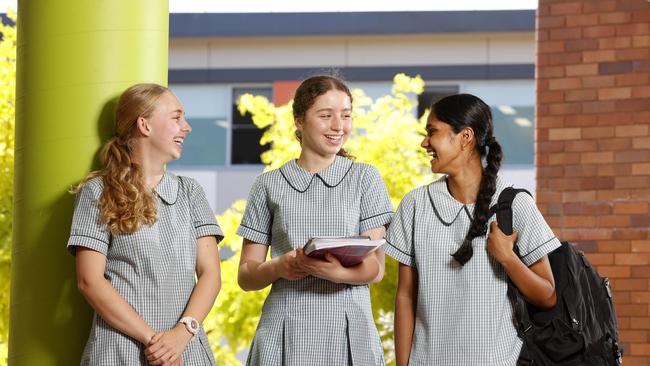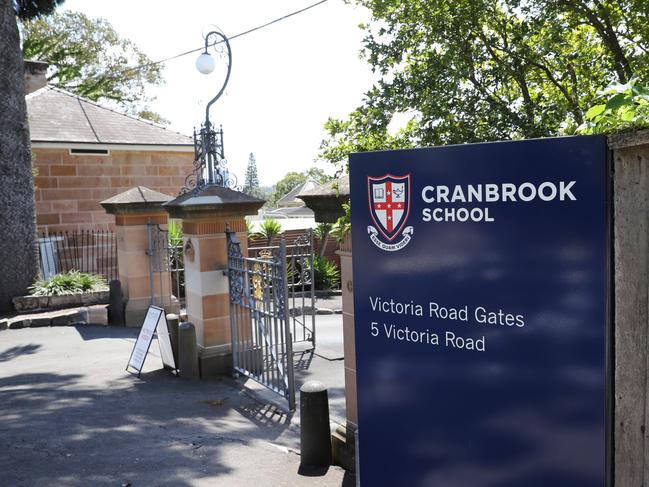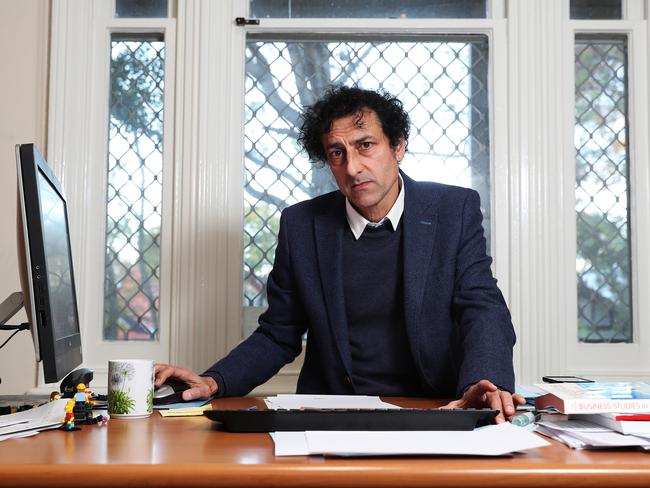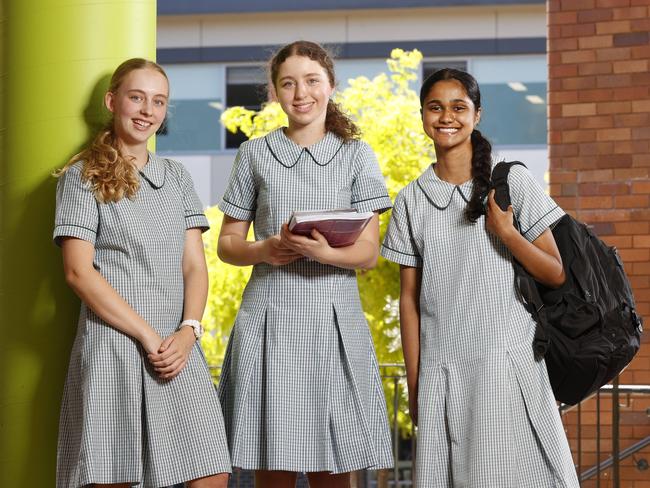Analysis: Girls’ schools are leading the way, so we need to help the boys out
At a time when there is widespread debate about access to coeducational high schools it’s obvious why girls’ schools remain gender exclusive, writes education expert Mohan Dhall.

Schools Hub
Don't miss out on the headlines from Schools Hub. Followed categories will be added to My News.
An assessment of the average of the aggregated annual scores on NAPLAN data over the past five years show that both fully selective and partially selective public schools outperform every other sector.
Out of the top 60 schools, 25 of them are girls’ schools (4 public and 21 private schools) and only nine of them are boys’ schools. Of these, the top four boys’ schools are public selective boys’ schools, three of which are in the top 13 schools. Five are private boys’ schools: Sydney Grammar (7th), St Aloysius (21st), Kings (42nd), Knox (44th) and Newington (57th).
The data suggests that independent and private girls’ schools are the most academically successful types of schools. The least academically successful school are boys’ schools. Coeducational schools are second most successful.
It would be interesting to see what contribution the girls made to the success of the coeducational schools where the data is not presented on the basis of sex. At a time when there is widespread debate about students being able to access a coeducational high school, this data is very important. It seems to be a distinct educational disadvantage that boys in some suburbs can only access an all-boys public high school.
While people are in favour of boys’ schools becoming coeducational schools, it is evident why no girls’ school has become coeducational.

Why are the girls’ schools so successful in literacy and numeracy? It has been noted for some time that girls outperform boys on reading and writing tests whereas the boys outperform the girls on numeracy tests. Four of the five tests NAPLAN instruments are literacy-based tests whereas one is a numeracy test.
Gender differences in reading and writing have been known for some time and have been shown in studies across cultures for the past two decades. Some academics suggest this is because girls are more academically mature or that girls’ brains grow differently to boys’ brains.

Others suggest that girls communicate in ways different to boys, giving them an advantage in literacy-based tasks. Still others suggest that expectations of girls and boys in schools vary, and this results in differing outcomes. This is simple to observe in the families where there are both sons and daughters. It is common for sons to be allowed greater freedom to move, to dissent and to play. Girls are expected to be stiller, to listen, to reflect and to accommodate. Girls I have taught report that their brothers have greater entitlement to go out, come home later and be less accountable for what they do.
Whatever the reasons for the difference, if we are to improve academic outcomes for boys we need to take this evidence seriously and learn from how we teach and raise girls.
Mohan Dhall is an education expert and is the president of the Australian Tutoring Association.
NO BIG FEES BUT HUGE RESULTS FOR THIS GIRLS’ COLLEGE
St Ursula’s College in Kingsgrove is one of the top one hundred high schools in NSW but it is not academically selective and it doesn’t charge tens of thousands of dollars in fees.
Year 9 Zara Sly, 15, said she felt motivated to learn because the school had two school career counsellors who had students thinking about possible career paths as early as Year 8.
“We meet regularly with the career advisor, and they get us to choose a general idea of a career we might be interested in,” she said.
Zara said she was contemplating a career in sport science and said the school allowed them to get hands-on experience which motivated them to study in subjects like mathematics and English.
“I think that is really helpful because it gives us an understanding when we go into the real world and have real jobs,” she said.
“I think our school really helps us and sets us up for the future when it comes to going forward into the real world.”

Her classmate Elyana Fadel, 15, said her favourite subject was English and said teachers at the school inspired her to learn.
“I feel like our teachers help us achieve our best through their guidance … and inspire in us a will to learn,” she said.
“I like to read a range of books just so I can get more knowledge.”
Ashley Shivakumar, 15, said she loved studying visual art but said the best thing about the school was feeling supported by her friends.
“I feel I love St Ursula’s because we all work collaboratively with each other, the school is really good at uniting us together,” she said.
“I have a lot of strong friendships with the girls around me.”



